Southerners are bonded through food as a family. We are a dysfunctional family, but we're still a family. We are connected to each other in ways that no other American population is, has or ever will be...
Michael Twitty, Culinary Historian, SCETV interview, 2015
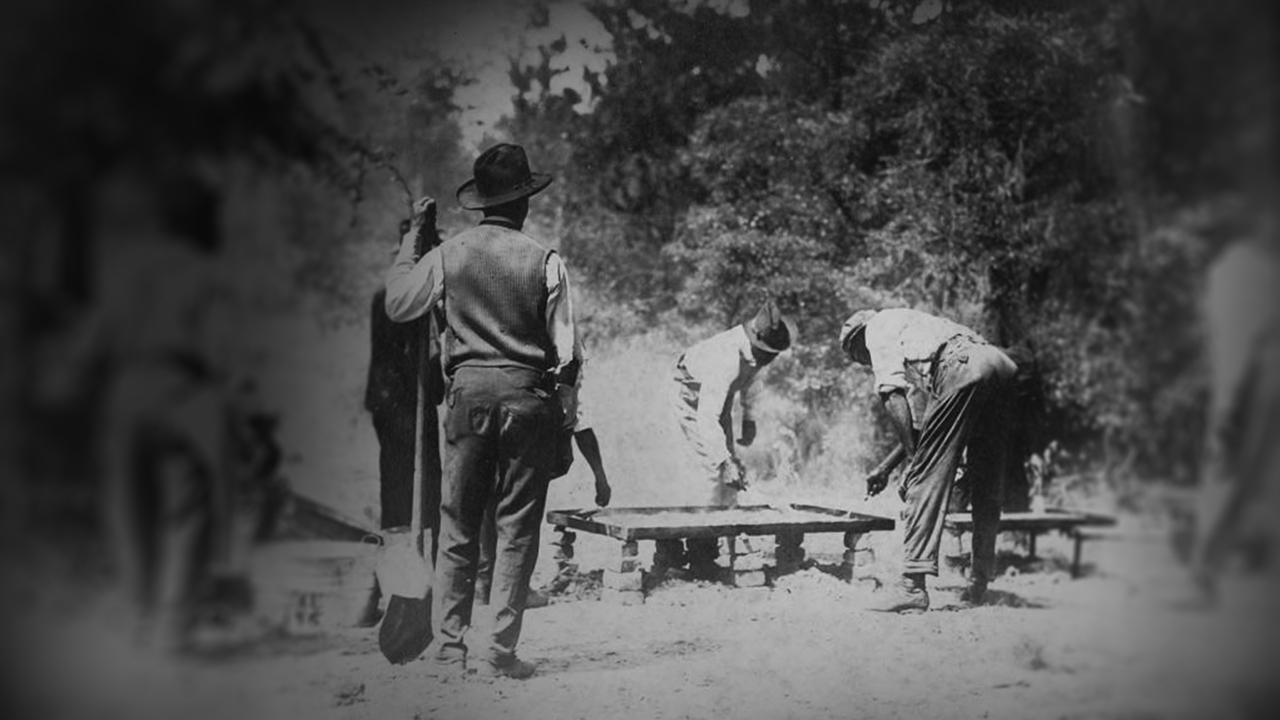
In the summer of 2005, Elizabeth Shubrick Gary visited Friendfield Village for the second time since her childhood in the 1920s.
At the home of her grandfather, the late Timothy McCants Jr., pictured here, she saw garlic growing wild, likely descended from his garden, and remembered the pattypan squash and okra that he once grew there.
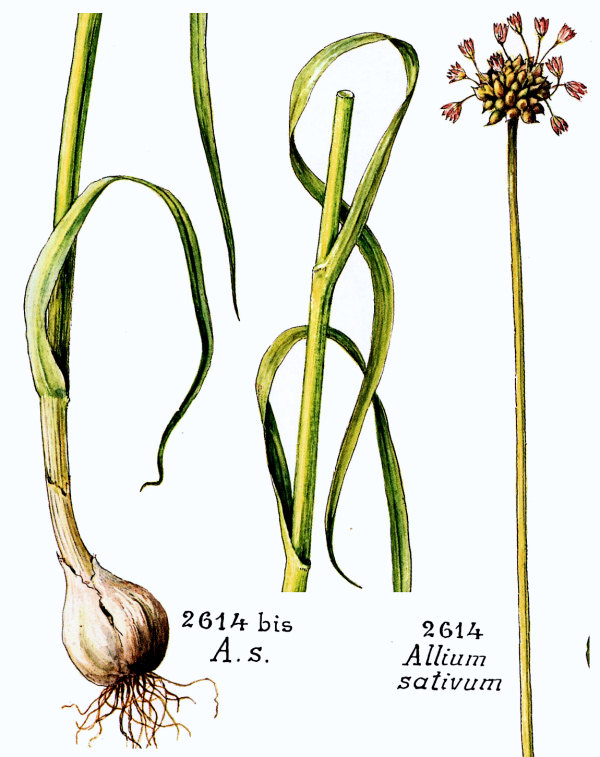
Garlic, Allium sativum, a member of the onion family, provided a variety of culinary and medicinal uses for small communities such as Friendfield. Easily grown and preserved in either dried or canned form, garlic was used to flavor soups and stews and prescribed for various infections and stomach ailments.
Before the construction of the bridge to Georgetown in 1935, gardens such as Tim McCants' provided an essential source of food for many at Hobcaw Barony.
Prince and Rosa Jenkins, the last residents to leave Friendfield Village, remembered Mr. McCants as a skillful gardener who had “plenty to share” with other families in the community.
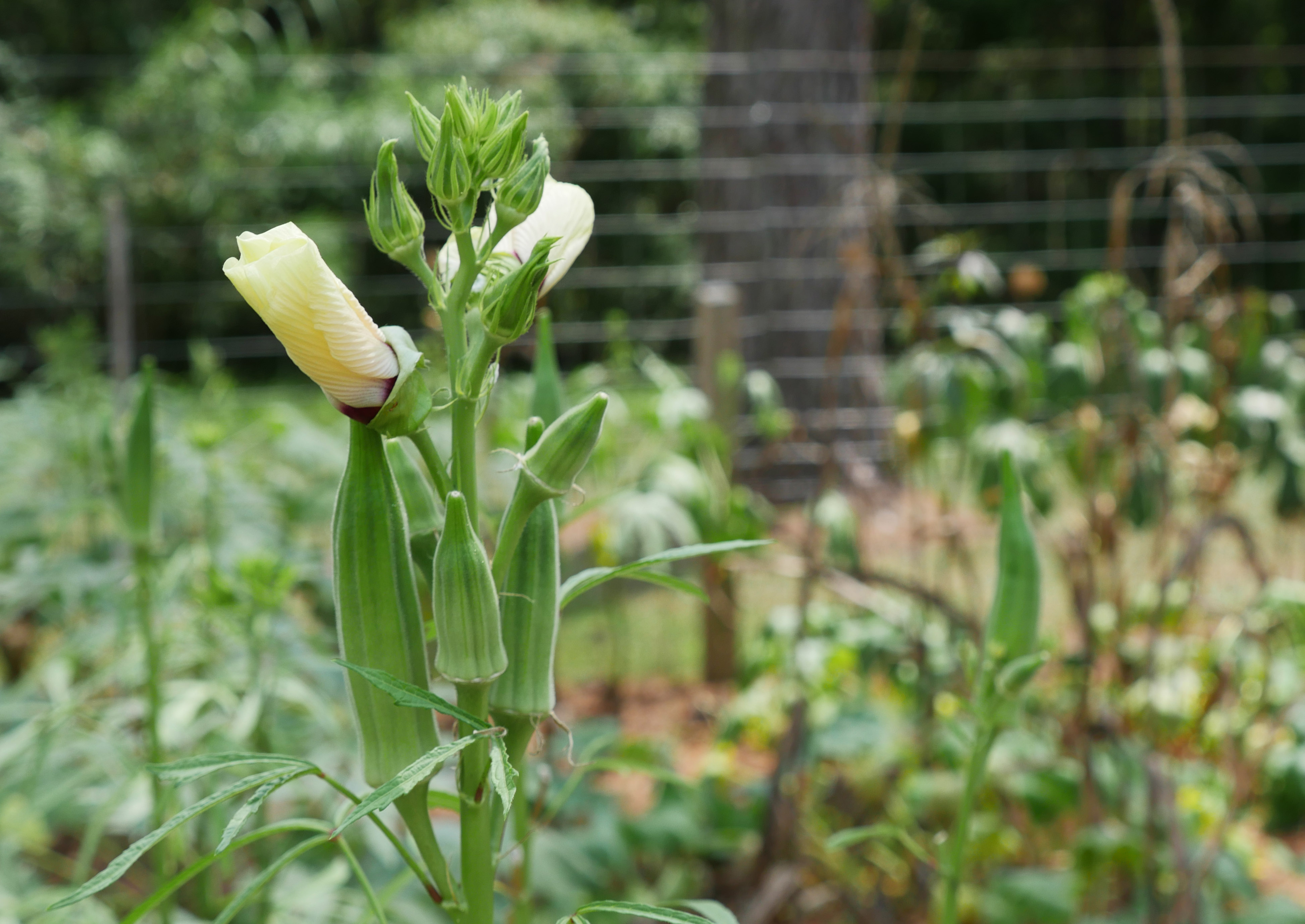
Today, Hobcaw Barony’s horticultural staff maintains a small garden of heirloom vegetables such as watermelons, gourds, squash and peppers, a reminder of the history of growing food at Friendfield.
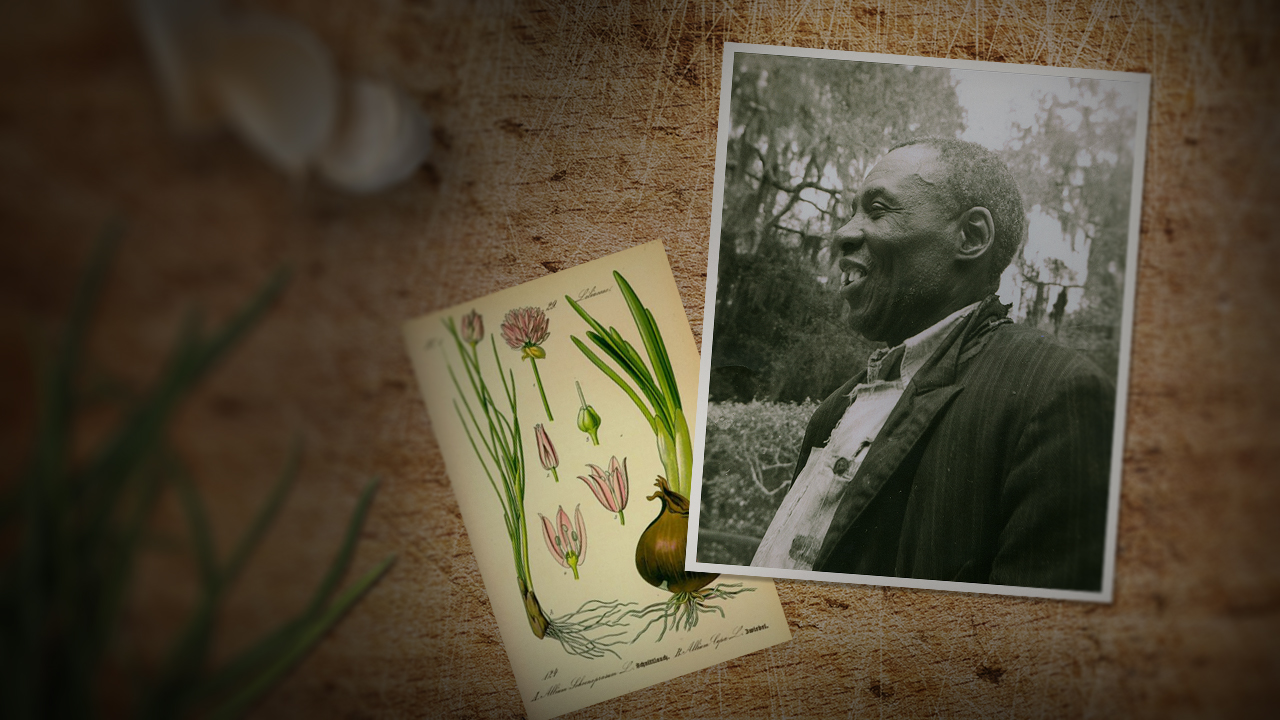
Foodways of the South Carolina lowcountry reach back to the region’s earliest African arrivals and have been shaped by the natural and economic resources of the area.
Collards, kale and wild dandelion provided substitutes for leafy greens familiar to Africans arriving during the colonial period.
Likewise, sweet potatoes, indigenous to the Americas, substituted for the African yam. Former Friendfield and Barnyard village resident Robert McClary remembered sweet potatoes as a staple food of his youth.
The dish below combines sweet potatoes (orange), native to North America, with yams, native to Africa, in a dish known as hash.
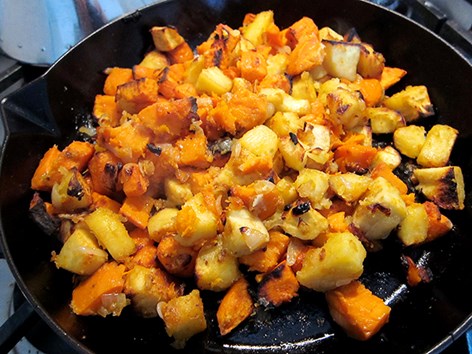
Photo Courtesy Wikimedia
Rice was a common denominator between Southern Lowcountry and West African dishes, but varieties and species of rice differed based on growing conditions of the two areas.
Jollof rice, below, is one of the most common dishes in West Africa, where it is prepared with rice, tomatoes and tomato paste, onions, salt, spices and chili peppers. It is possibly a precursor to jambalaya.
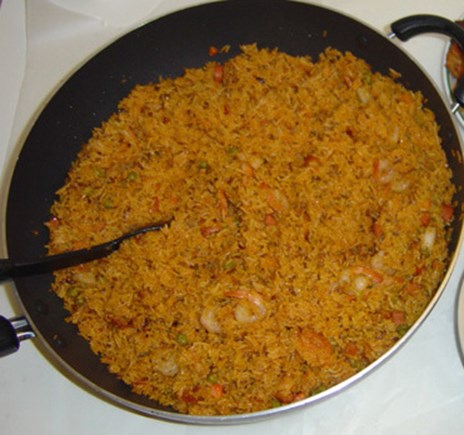
Photo Courtesy Wikimedia
Culinary adaptations such as these transformed traditional African dishes into a unique, new creolized cuisine, influenced by European and Native American traditions and characteristic of the Gullah culture.
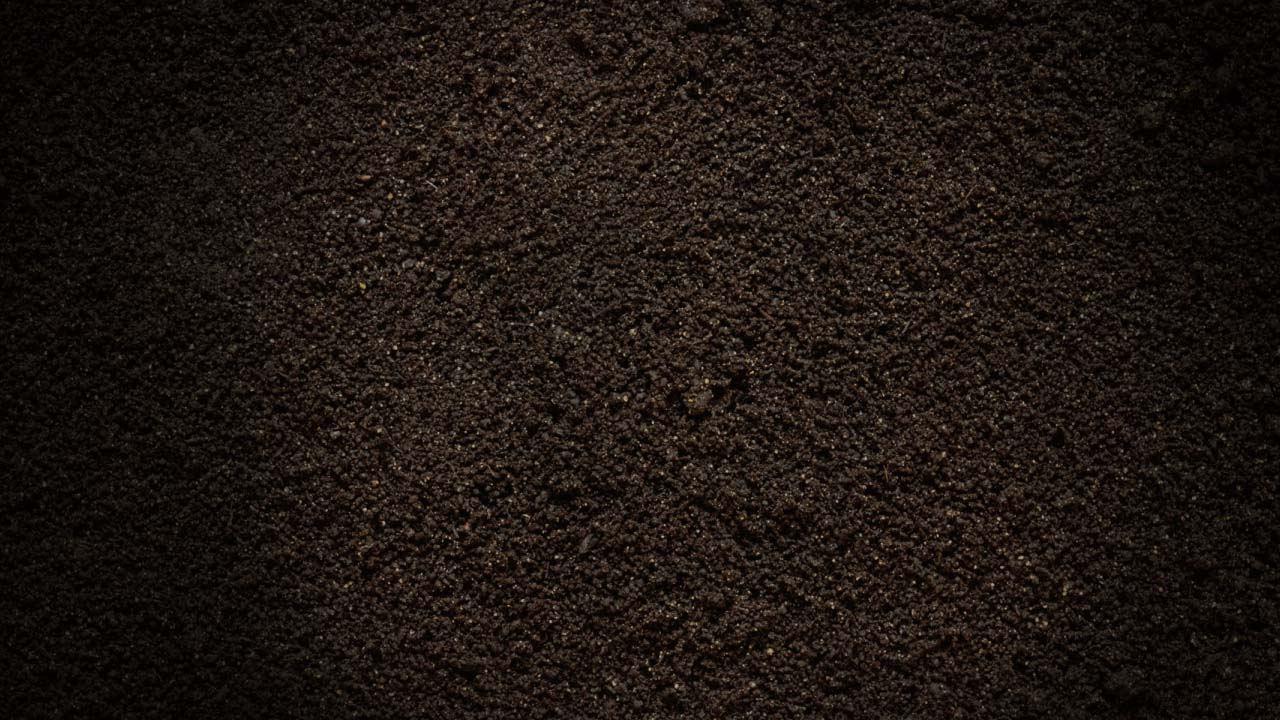
In the early twentieth century, several homes at Friendfield Village were updated with kitchens and iron stoves. Steel and enamelware gradually took the place of the communal iron cooking pots and cauldrons familiar to plantation life.
As access to the world outside Hobcaw improved, store-bought canned goods and staples began to supplement or replace items grown and harvested on Hobcaw Barony.
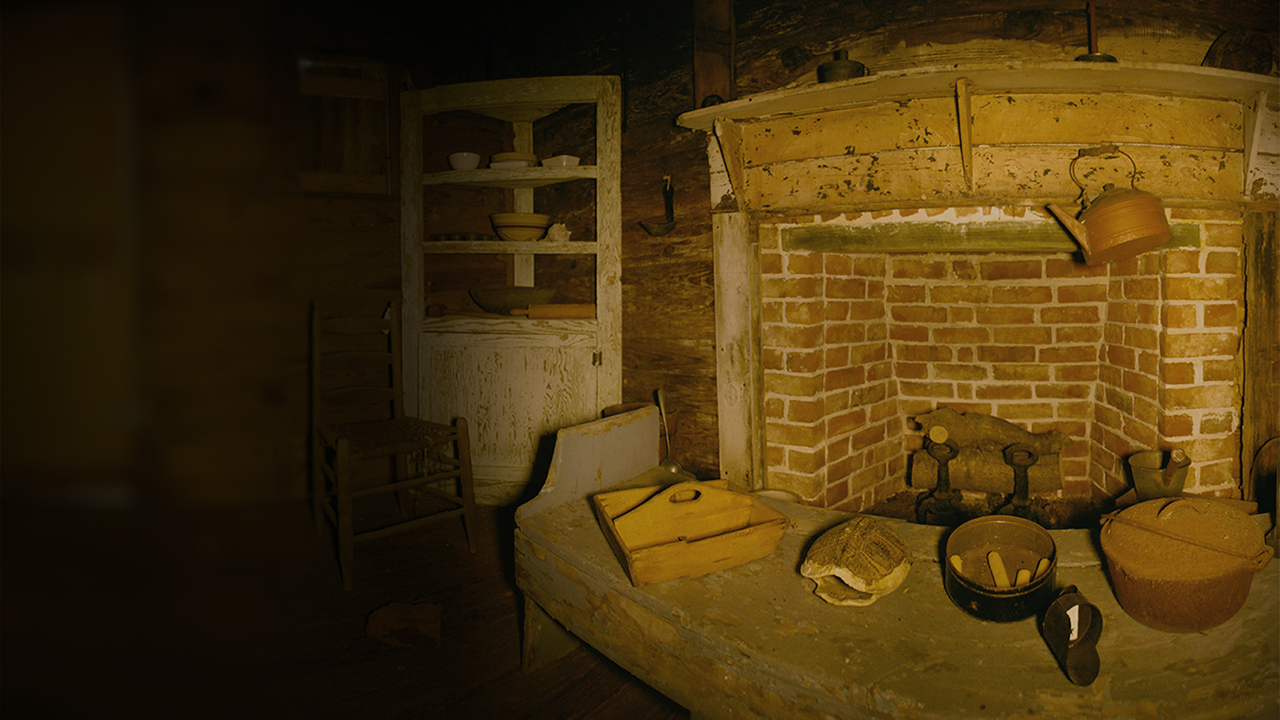
Charlotte Jenkins, author of Gullah Cuisine: By Land and by Sea, and founder of the restaurant Gullah Cuisine, identifies the following culinary tendencies in Gullah cooking, all of which have been referenced by former residents of Friendfield Village.
• composed rice dish preparation: one-pot perleau, bog, rice and peas
• creation of various types of fritters: corn, fish, conch fritters
• use of smoked ingredients for flavoring: ham bones, fish, turkey necks
• use of okra as a thickener
• abundant use of peppery and spicy hot sauces
• use of nuts and seeds as thickeners
To return to the trail click NEXT STOP
To return to the Mocking's house click
